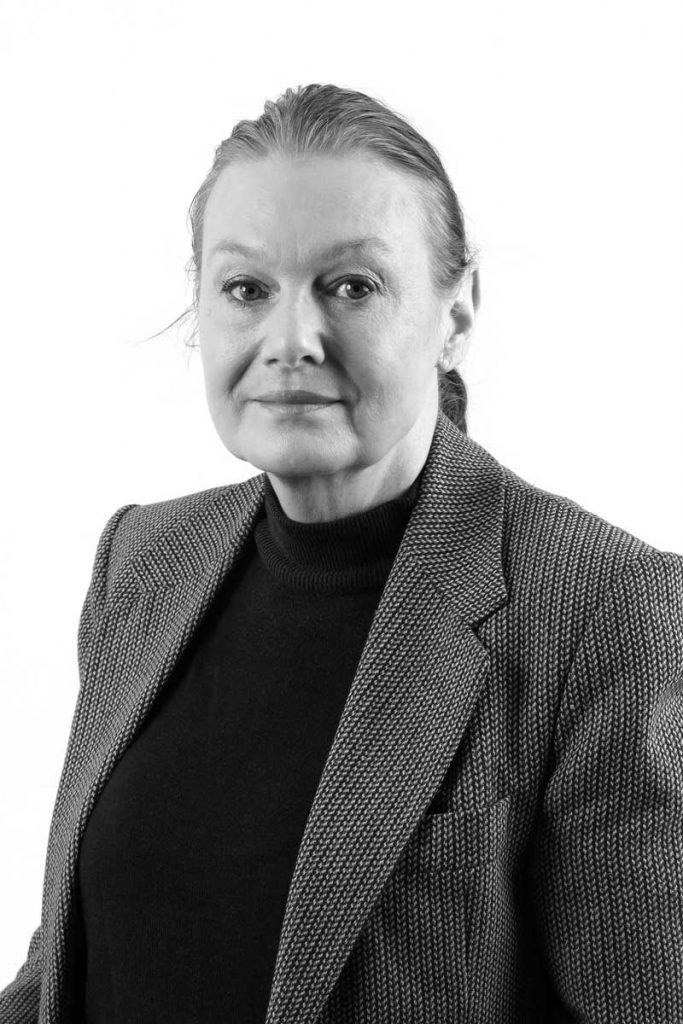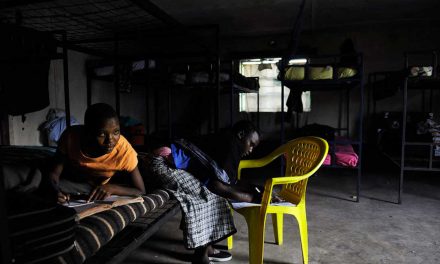 In 2003, the African Union’s Maputo Protocol set out an ambitious framework for policies that affect women across the continent. As the AU’s Lucy Asuagbor wrote in her 2017 report on progress made with regard to the Protocol, AU members have made some positive efforts – policy, institutional and legislative. But, she adds, there is still much to be done, especially in respect of high maternal mortality rates, sexual violence, human trafficking and HIV rates among women. It is, therefore, timely that this issue of Africa in Fact focuses on the women of Africa. Unequal property rights, early marriage, a lack of access to education, and exclusion from political and economic participation all perpetuate gender inequality, particularly in the face of widespread poverty. But women across the continent – at all levels of society – are fighting back against systemic gender inequality.
In 2003, the African Union’s Maputo Protocol set out an ambitious framework for policies that affect women across the continent. As the AU’s Lucy Asuagbor wrote in her 2017 report on progress made with regard to the Protocol, AU members have made some positive efforts – policy, institutional and legislative. But, she adds, there is still much to be done, especially in respect of high maternal mortality rates, sexual violence, human trafficking and HIV rates among women. It is, therefore, timely that this issue of Africa in Fact focuses on the women of Africa. Unequal property rights, early marriage, a lack of access to education, and exclusion from political and economic participation all perpetuate gender inequality, particularly in the face of widespread poverty. But women across the continent – at all levels of society – are fighting back against systemic gender inequality.
Kanyi Wyban recounts the story of how Kenyan activist Rahma Wako is campaigning tirelessly to change a patriarchal system that normalises female genital mutilation, child marriage and domestic violence. Meanwhile, Sintha Chiumia’s article reveals how, in neighbouring Malawi, a female chief, Theresa Kachindamoto, has defied traditionalists and spent more than a decade putting a stop to early marriages. And in West Africa, Julius Kanubah tells the story of a multi-faith, mass women’s peace movement that was instrumental in negotiating the 2003 ceasefire that ended Liberia’s last civil war, and led to the inauguration of Africa’s first elected female head of state.
As Asuagbor indicated, there are signs of progress, some of which are also outlined in the World Bank’s Women, Business and the Law report of March 2018. Kenya, for example, has enacted its first domestic violence law, while Zambia’s Gender Equity and Equality Act prohibits gender discrimination in employment.
But one of the most disheartening statistics in Asuagbor’s report is that one in three African women has “experienced either physical and/or sexual intimate partner violence or sexual violence by a non-partner at some point in [her] lifetime”. And according to the 2018 World Bank report, some 19 of the 45 world economies with no laws against domestic violence are in sub-Saharan Africa. It is against this background that Charity Chelimo looks at how misogyny and violence against women not only constitute a domestic crisis but also permeate Kenya’s politics.
As researcher Vaughan Dutton observes in the data dive this issue, being a woman in Africa means exposure to a range of prejudices and biases “encoded in institutions, discourses and ways of relating, and experiencing the effects of these in material conditions that are divided along gender lines”.
Traditionalists often argue that initiatives to empower women undermine African culture. However, Anna Trapido argues, a proper representation of African history reveals a complex story of empowered women.
That, surely, is a lesson for conservatives in Tunisia where, Perrine Massy writes, Islamists have rejected a proposed new law that would give women the same inheritance rights as men on the grounds that it threatens “the stability of the family and customs of society”. Male reaction is also evident in Zimbabwe, where, as Rekopantswe Mate argues, the ruling elite’s macho, “struggle credentials” culture continues to ensure that the number of women in government and leadership is more about quotas than real equality.
Meanwhile, Helen Grange examines how micro-financing and other disrupters of traditional banking are playing a vital role in helping sub-Saharan women to escape subsistence farming, giving them access to land, houses and businesses. Empowerment initiatives like these are critical for rural women, who are also often the most vulnerable to external factors beyond their control, like global warming.
Luckily for Africa, its women are accustomed getting on with the job, even with the odds stacked against them. Charmain Naidoo interviews high-flying women in the African aviation industry, who have faced down prejudice to become world leaders in their field, while Taryn Gill reveals how a return to natural hair is empowering African women to reconnect with who they are and create lucrative business opportunities. In Togo, Blamé Ekoue meets some of the legendary Nana Benz textile traders and their daughters, who are finding innovative ways to beat off foreign competitors and counterfeit imports. On a smaller scale, Lucas Ledwaba meets informal food sellers in South Africa’s Limpopo province, whose roadside restaurants are so successful they’ve been able to build houses, educate their children – and create jobs. And Dominique Phohleli’s story about the lessons of living abroad opens our eyes to the outlook of a new, cosmopolitan African woman. In politics, too, as this edition shows, African women are taking an active hand in changing things. William Davison provides an illuminating profile of Ethiopia’s newly appointed president, Sahle-Work Zewde, the country’s second female head of state, and the challenges she faces. In Nigeria, the founders of the #BringBackOurGirls movement are challenging the political establishment by supporting their own candidate in the upcoming election. In Liberia, the women’s peace movement still faces male reaction, despite the gains made during President Ellen Johnson Sirleaf’s tenure.
Africa has made some progress in ensuring better lives for women. But, as always, there is much more to be done. A luta continua!
Susan Russell is the editor of Good Governance Africa’s quarterly journal, Africa in Fact. She has worked in the media industry for more than 30 years as a journalist, editor, publisher, and as a general manager. Career highlights include several years working for Business Day and more than a decade as a reporter, editor and General Manager at the Sunday Times in Johannesburg.












